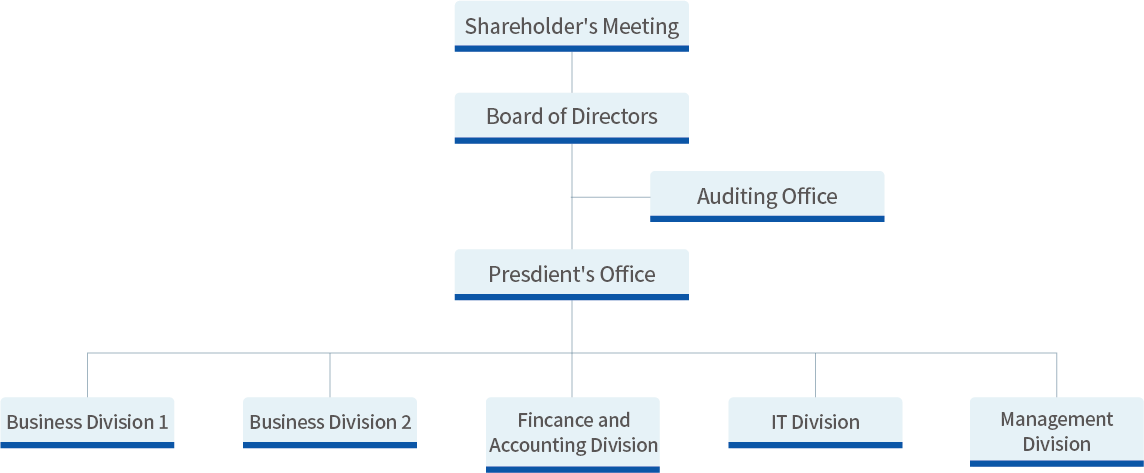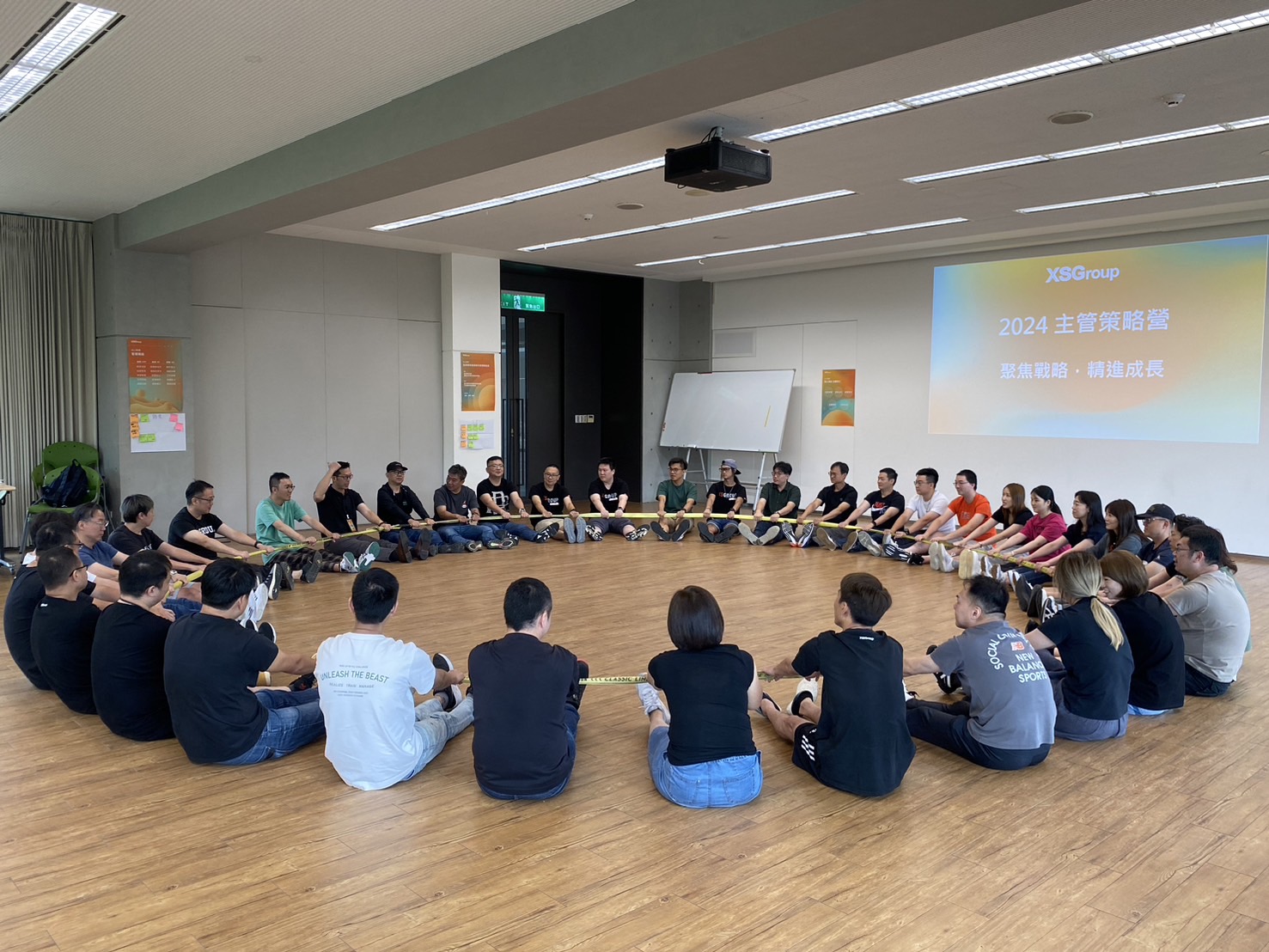Corporate Governance
Overview
Corporate Governance GameSparcs has defined the corporate governance framework and practices in accordance with the Taiwan Securities and Exchange Act, and other relevant laws and regulations, in order to fulfill the responsibility of enterprise operators and to protect the interests and rights of investors and other stakeholders. GameSparcs’ Board delegates various responsibilities and authority to two Board Committees, Audit Committee and Compensation Committee to assist the Board in fulfilling its supervisory duties.
2024 Corporate Governance Officer Training Status
| Date | Organizing Entity | Subject | Hours |
|---|---|---|---|
| August 8 | TCGA | Trends and Risk Management of Generative AI | 3HR |
| September 6 | OTC | Insider Stock Ownership Awareness Seminar | 3HR |
| November 6 | Accounting Research and Development Foundation | Practical Investigation of Corporate Fraud and Case Analysis | 6HR |
| November 11 | TCGA | Trends and Risk Management of Digital Technology and Artificial Intelligence | 3HR |
| November 19 | SFI | Sustainability Committee and Chief Sustainability Officer Forum | 3HR |
Corporate Governance Structure

Corporate Governance Implementation Status
The Prevention of Insider Trading
The company has drawn up the "Procedures for the Prevention of Insider Trading" which prohibits insiders from trading securities using unpublished information in the market. The company prevents insider trading by controlling key points in its operations, which prevents Company insiders (employees, managers, and directors) from exploiting non-public information to trade securities. The company held regular training on preventing insider trading. Implementing of Rules and Procedures:
1.When directors are elected or dismissing, the company provides directors' regulations and publicity manuals, and to explain related regulations such as communication insider trading and short-term trading to directors.
2.When the manager on board as insider, the company provides the relevant laws and regulations for the change of insider’s equity. The company shall provide education and advocacy in a timely manner within three months of employment.
3.To protect its shareholders' rights and interests and ensure their equal treatment, the company shall adopt internal rules prohibiting company insiders from trading securities using information not disclosed to the market. Insiders shall not trade the company's stock within thirty days before the annual financial report is announced and within fifteen days before each quarterly financial report is announced during the lock-up period. None of the company's insiders trade the company’s stock during the lock-up period.
| Date | Subject | Frequency | Target Audience |
|---|---|---|---|
| September 27, 2024 | Definition and regulation of insider trading | per year | Staff |
| End of Each Month | Send E-mail reminders to Directors and Insiders for prohibiting stock transactions during closed periods | per month | Directors and Insider |
Succession Planning and Operations for Key Management Personnel
The company, through its human resources department, formulates talent development strategies by defining key management positions, planning successors, and establishing succession mechanisms. Based on the professional expertise, strengths, and development potential of candidates, training resources are effectively focused to support their development:
- Evaluate Existing Employees
- Based on corporate culture and core values, core competencies and management competencies are established. Systematic assessments are conducted to classify general employees and managers according to standard models.
- Through the "Talent Nine-Box Grid," the functional potential and performance of existing members are comprehensively evaluated, identifying high-potential talents to be included in the talent reserve pool and ensuring suitable successor candidates for each management level.
- Develop Training Framework
- Based on the competency assessment results of each management level, competency gaps are analyzed and training programs are designed, such as leadership programs for middle managers and management programs for new supervisors.
- Annual strategic consensus workshops are held for mid- and senior-level managers and the CEO, focusing on future strategic goals. Discussions and planning cover topics such as systems thinking, performance management, talent development, organizational change and renewal, change management, strategic thinking, strategy maps, and leadership succession. Progress is tracked quarterly.
- General training programs are organized to address the competency gaps of regular employees, such as project management, meeting management, time management, and presentation skills.
- Internal seminars and sharing sessions are occasionally held, covering industry knowledge, technological innovations, and professional skills.
- Integrate Company and Departmental Objectives



